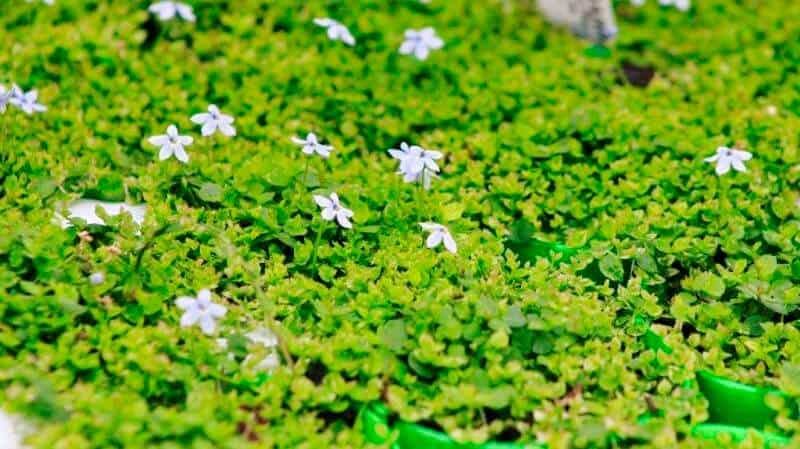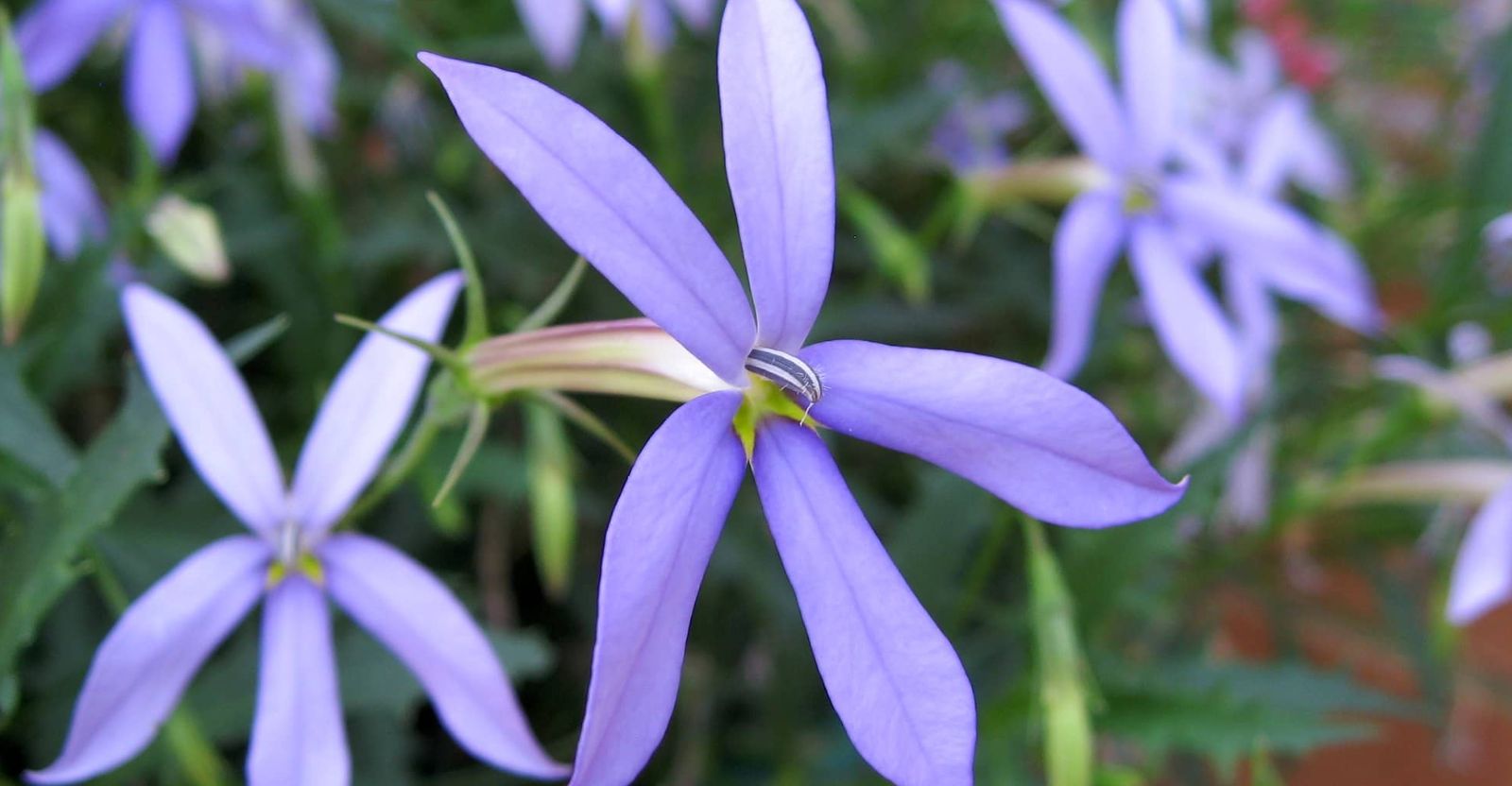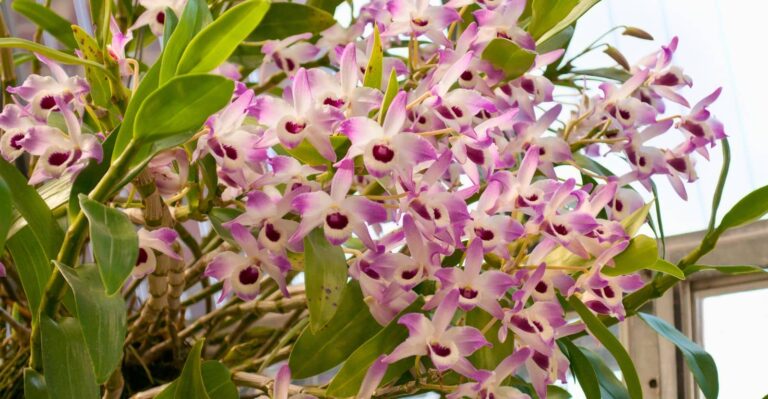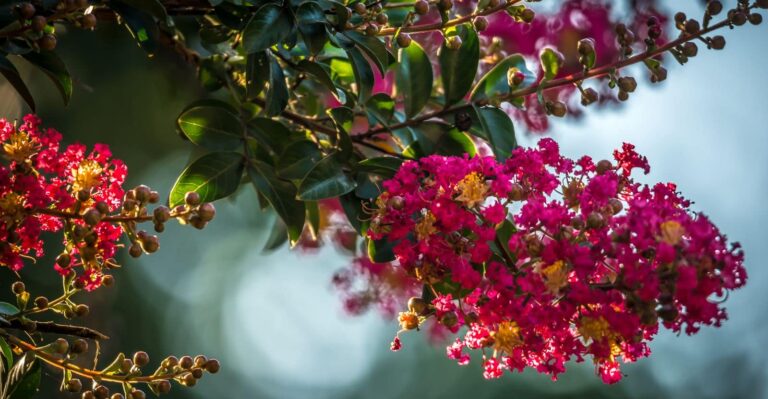Amazon has put together some great Home Gift Deals – save money and get your shopping done at the comfort of your home! Click here to see deals on Amazon
Do you get troubled by high-maintenance lawns?
Have you ever thought that there may be a simple way to get green grass without much work?
If that’s the case, then you will be glad to know more about Blue Star Creeper ground cover plant. It’s effortless to plant and maintain. You can use it as an ornamental landscape.
Even though it is small in size, but it grows super-fast. It has large dense green leaves and is mostly evergreen throughout the year.
Let’s get started to learn to plant, grow and care for this magnificent ground cover plant.
Quick Gardening Facts for Blue Star Creeper
Blue Star Creeper is part of the genus of flowering plants Pratia and campanula family. It is an excellent choice for stepping stones and pathways in your garden. Moreover, it is a healthy plant that adds good texture and color to any part of your garden area.
It was formerly known as Laurentia fluviatilis. It can withstand extreme weather conditions, which makes it an excellent choice for lawn pathways. Many people also use it as bark or mulch replacement in the garden.
In 1810, Robert Brown discovered the blue star creeper plant. Then in 1864, George Bentham classified it as an Isotoma.
Let’s look at some facts about the Blue Star Creeper.
Let’s know about Blue Star Creeper Varieties.
The Best Blue Star Creeper Varieties
Blue star creeper is the natives of Australia and New Zealand. There are many varieties of blue star creepers. But the most common are the following:
Isotoma Fluviatilis – Australis
This species of blue star creeper has corolla which is 8-16 cm long, and the leaves are 7- 15 mm long. The leaves’ width can vary between 2 – 7 mm range. It blooms in blue to light pink color flower.
Isotoma Fluviatilis – Borealis
It is another variety of blue star creepers and has a small size corolla between 6 -10 mm long. Its leaves are 5 -12 mm long and 2 -5 mm wide. The flowers of Borealis are usually 5- 40 mm long.
Isotoma Fluviatilis – Fluviatillis
This is the most common species of blue star creeper, and many people plant this species. Its leaves are 5 – 15 mm long and the Corolla get up to 5-7 mm in length. The flower grows up to 4 – 6 mm long.
Blue Star Laurentia (Isotoma Axillaris)
It is another popular species that looks the same as the blue star creeper. But it has a taller plant and gets blue star-shaped flowers with deeply cut ferny leaves.
It grows taller than other species of blue stars as it goes up to 16 inches tall. The blue star creeper Laurentia Fluviatilis can survive in winter. You can buy blue star creeper from a major retailer such as Home Depot or Lowes.
Flowers
The flowers of blue star creeper are white, light blue, or dark blue in color. It has unscented star-shaped flowers, but it attracts bees, wasps, and butterflies. The growing season varies, but it usually blooms mid-spring until early winter.
It’s a low-maintenance plant and does not need deadheading. This makes it super convenient to grow and maintain. The flowers of blue star creeper have six petals, and each is slightly tapered toward the end giving its unique look. It may or may not have pistils depending on the species of plant.
Several species of this plant flower are single-colored. These flowers are shaded or streaked with some contrasting colors which make them look beautiful.
Where to Grow Blue Star Creeper
You may grow blue star creeper at the edges of pathways or in the container from where its branches and leaves can spill gracefully. If you take good care of it, then it can last up to five years.
Due to its versatile and smooth looks, it is excellent to grow between stepping stones, rock walls or to form a flat ground cover. The blue star creeper growth rate is medium.

How to Plant Blue Star Creeper
Growing Zone
The growing zone for Isotoma Fluviatillis is Zone 6 and is perennial. The growing zone for Isotoma Axillaris is Zone 11 which makes it a hardy plant and it survive in harsh winter condition.
Sun and Soil Requirement
Blue star creeper needs light shade to full sun to grow. It works best in the warm climate and blooms during the summertime. In cold weather, it gets brown and sheds its leaves resulting in a bare skeleton of blue star creeper left. If it gets too hot, then it gets dry and falls.
However, it is a resilient and robust plant and can survive up to -20 Celsius with snow cover. It does not need any particular soil and does well almost in any soil. The ground should have a pH level between mildly acidic to alkaline (pH between 6.1 through 7.8).
Seed Germination and Transplanting
There are two ways you can plant the blue star creeper. You can either split the root and plant it or use the seed. If you decide to plant it by dividing the root ball, then break the root ball by hand or by shear. You can either put it in the ground or in the planter.
If you are planting from blue star creeper seed, then put soil in the planter and moisten the soil. Insert the seed 2 or 3 inches in the ground and keep it in partial sunlight for 7 to 15 days. After a while, the germination will start, and when you see six or seven leaves, it is ready to be planted in the ground.
You can harvest blue star creeper seeds when the flower gets dry and turn into a small seed pouch. The seed pouch will have many seeds in it which you can store for the future or plant somewhere else.
Scatter seed in early spring after the danger of frost has passed. In cold weather, plant it indoors six weeks before frost.
Planting Blue Star Creeper Outside
If you are planting it outside for the first time, be careful and protect it from pests and rodents as it has a very fragile stem. Once the root has taken a good hold in the ground, then you do not need to do much care.
If for some reason you have to repot the blue star creeper then grow it in a planter and repot when it reached about 1 inch in size.

How to Care for Blue Star Creeper
Water
Blue star creeper does not need much water. You can water it when the soil gets dry but do not overwater it. When planting it for the first time either through root or seed, water it regularly so it can hold its root.
Blue star creeper does not need much water, so avoid planting it in lower spots where there is a chance for water to collect.
Fertilizer
Blue star creeper does not need any fertilization. But for optimal growth, you can fertilize it a little. Be careful that as it grows fast and has invasive tendencies so don’t overfeed.
Pruning
Blue star creeper does not need pruning. Which is good as you do not need to deadhead to encourage flower production. You can prune it one inch in height though, to bring uniformity to the growth.
Let’s find out some common Blue Star Creeper disease and how to prevent it.
Blue Star Creeper Problem and Solutions
Soil Fungal Disease
Blue star creeper has shallow roots, and overwatering causes the soil to be excessively wet. It may cause fungal diseases such as Southern Blight.
Southern Blight is a soil-borne fungal pathogen (Sclerotium rolfsii). It spreads in hot weather and likes acidic soil. The progression of fungus is fast and once it gets hold of the ground, it attacks the stem at the soil line and creates a dark-colored lesion.
If blue star creeper gets infected by a soil fungus, then use soil fungicide. Some of the popular fungicides are:
- Heritage (Azoxystrobin)
- Daconil (Chloroneb)
- Prostar (Flutianil)
- Scotts Proturf Fungicide 7 (Tridimefon)
Is Blue Star Creeper Invasive?
Due to its high growth rate and robustness to survive in harsh weather conditions, the blue star creeper has invasive tendencies. If you try to uproot, the roots are likely to break, and some of it will remain left in the soil which will regrow.
Another thing that makes it hard altogether to remove from the ground is its tiny size. It grows close to the ground and has small leaves; it makes it hard to get a proper grip on the plant to pull.
It is also deer and rabbit resistant. It means it will survive from animals who feed on leaves. To prevent it from invading other plants, you can keep it as a container plant and carefully control its seeds to avoid self-seeding.
Be careful when you are thinking to plant it in your garden, as once it gets hold of its root, it is difficult to get rid of it. If you attempt to dig it out, its small roots tear apart, and it stimulates the root to become stronger.
Does Blue Star creeper prevent weeds?
Blue star creeper is not very thick or tall to shade out other weeds like cloves. So it does not do a good job blocking weeds. The weeds will happily grow under it so don’t plant them if your primary goal is to kill the weeds.
It is also unaffected by insects or pests and usually does not have any severe disease which makes it grow without much hassle.
Companion Plant for Blue Star Creeper
Blue star creeper plays nicely with a variety of plants. It is fantastic-looking flowering ground cover to plant among Hardy Ferns, Hostas, Hydrangeas, and Knock Out Roses.
Here are the best companion plant options:
- Phlox, Creeping – Pair Creeping Phlox and Blue Star Creeper in a rock garden or along a pathway edge
- Hydrangea -Use Blue Star Creeper as a ground cover around the base of Hydrangea
- Candytuft – Low-growing Candytuft and Blue Star Creeper give a mixed blue and white color
Where to use Blue Star Creeper
You can use the blue star creeper at various places. Many people plant it in the garden as it does very well as ground cover in a rock garden, and high setting. It is perfect for garden pathways and rock walls.
Although it does not need much care if the weather becomes too harsh, then it grows thin and looks patchy. You have to be careful before you plant it as it is tough to get rid of it, but it is not classified as an invasive plant.
It requires partial sunlight, so it is perfect for planting above bulbs or under deciduous trees. For the best use, I recommend it to plant for beds, borders, hanging baskets, landscaping, and around mailboxes. Be aware of where you plant it as it is toxic to humans and pets if ingested.

Don’t forget to share this post







